How to Work Your Way Up to a Pull-Up
I started thinking about pull-ups at about 4 am Sunday morning in Buffalo, New York. No, I wasn’t a part of a late-night pull-up contest, although I can’t say I haven’t been in the past (bro is a state of mind, not a gender).
Here’s why: after I got my personal training certification through ACE, I started to encounter a lot of questions every time I mention it. I like fielding these question because helping people doesn’t feel terrible and if I don’t know the answer, I make a note to look it up so I can keep learning. Lifelong learner for the win.
Feeling particularly chatty on the way to the airport, my cab driver started asking me about pull-ups. He said, “I can’t do pull-ups.”
I don’t like the word “can’t,’ because I believe to my core that if you’re not injured, you can do anything you’re willing to put work into.
There’s something in sports medicine called “specificity,” which means that if you’re training for a goal, you should do something relevant and appropriate to it and that to become better at a particular exercise or skill, you must perform that exercise or skill.
The thing about the pull-up is that if you start from never doing a pull-up and you try to do an unassisted version, It may feel completely impossible. But you need to incorporate pull-ups into your workouts in order to get better at them.
So my cab driver and I started talking about all of the ways that he CAN work his way to a pull-up by scaling the exercise. So can you, sweat-lifer.
Over at ENRGi Fitness, Chantelle and I performed some variations of pull-ups using props available at the gym.
Add some of these to your workout this week.
Prop 1: Equalizer
This is a great way to build some of the muscles used in pull-ups. Chantelle stressed the importance of keeping your glutes engaged as well as squeeze your chest on the way up while retracting your shoulder blades.
Level 1: knees bent
Level 2: Straighten your legs
Prop 2: TRX/Suspension trainers – start with TRX a little lower than shoulder height.
Level 1: Start in a squat position with your feet flat
Level 2: Start in a squat on your tip toes
Level 3: Pull your bodyweight up without touching down
Prop 3: Bands – Bands can help you mimic the exact motion of a pull-up. Focus on pulling bar down versus pulling the body up.
Level 1: Use a band as resistance
Level 2: Use the band to assist you (relieve some body weight) as you do pull-ups
Unassisted: It’s just you and the pull-up bar now, my friend.
Level 1: Negative pull-ups – starting at the top of the pull-up motion, slowly bring yourself to the bottom of your range of motion.
Level 2: Pull-ups. Get it.
(Disclaimer: This workout is not intended for the treatment or prevention of disease, nor is it a replacement for seeking medical treatment or professional nutrition advice. Do not start any nutrition or physical activity program without first consulting your physician.)

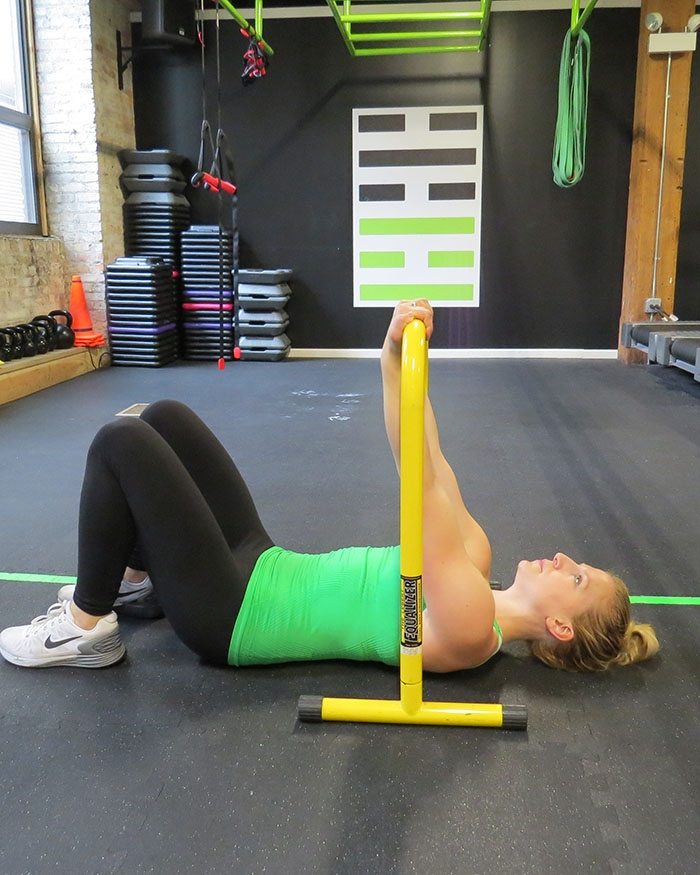
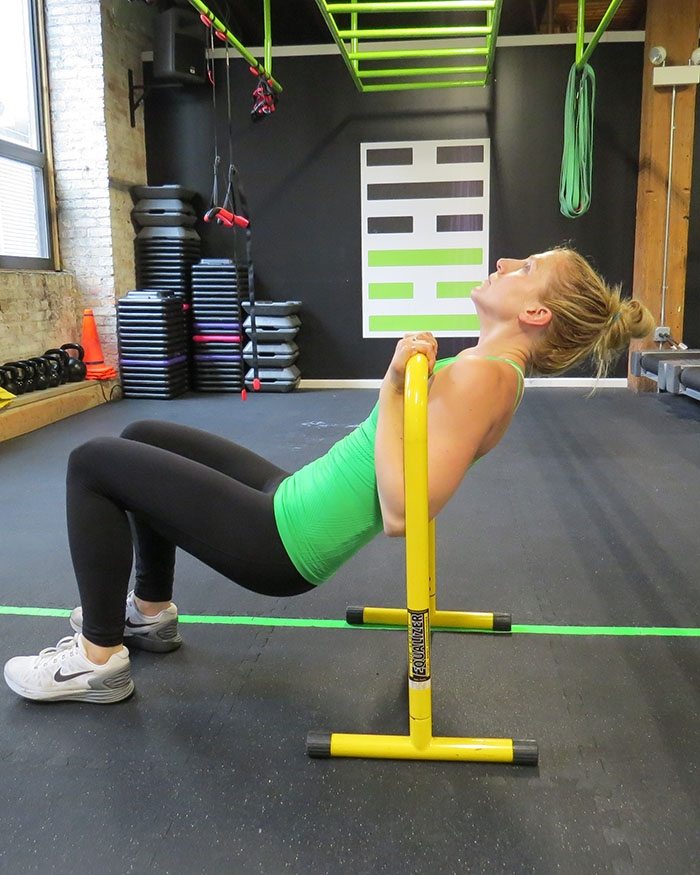
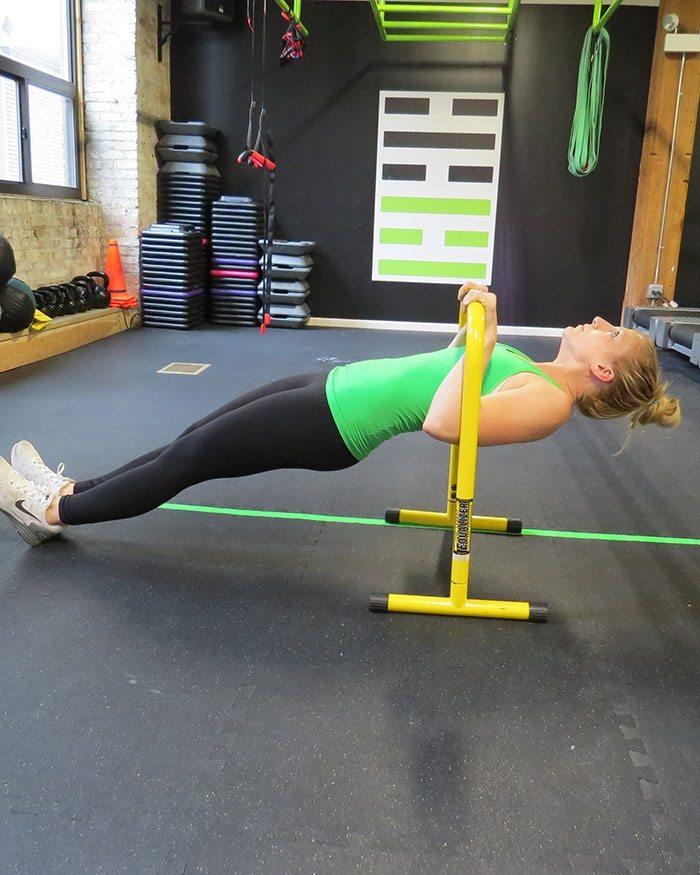
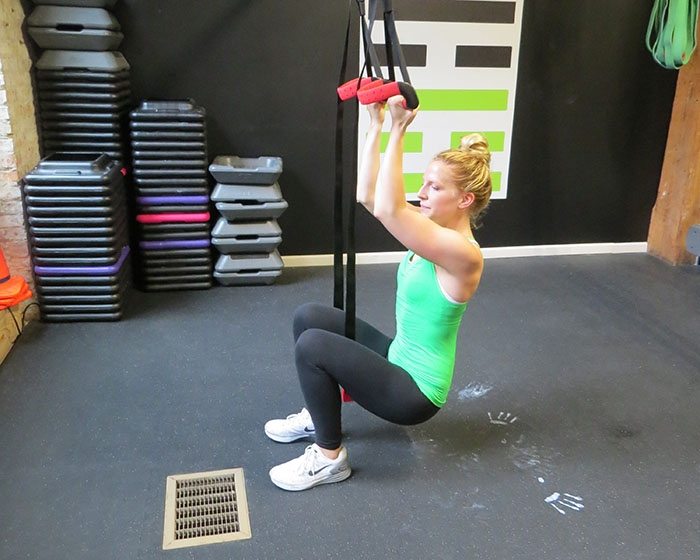
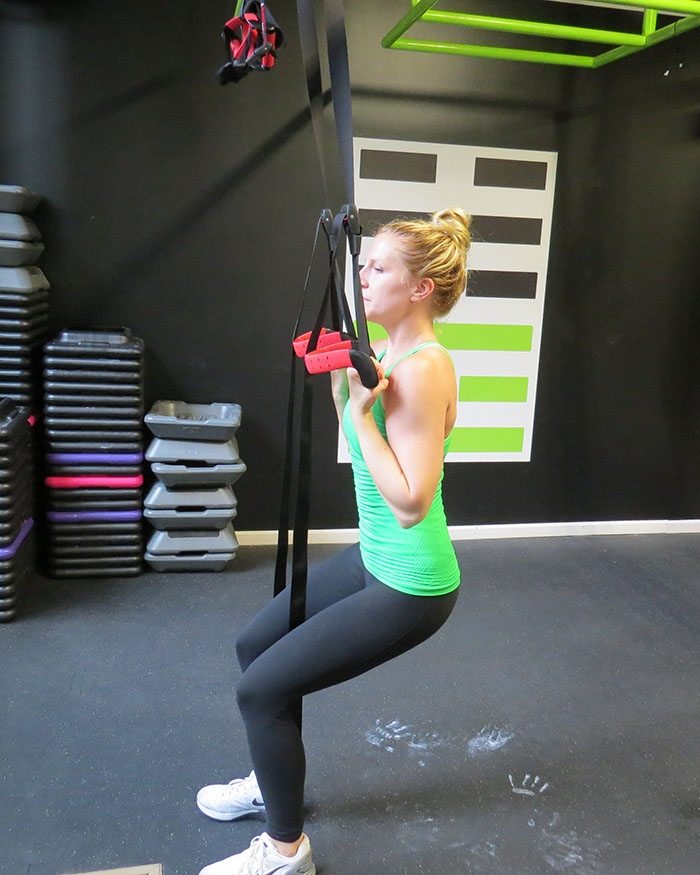


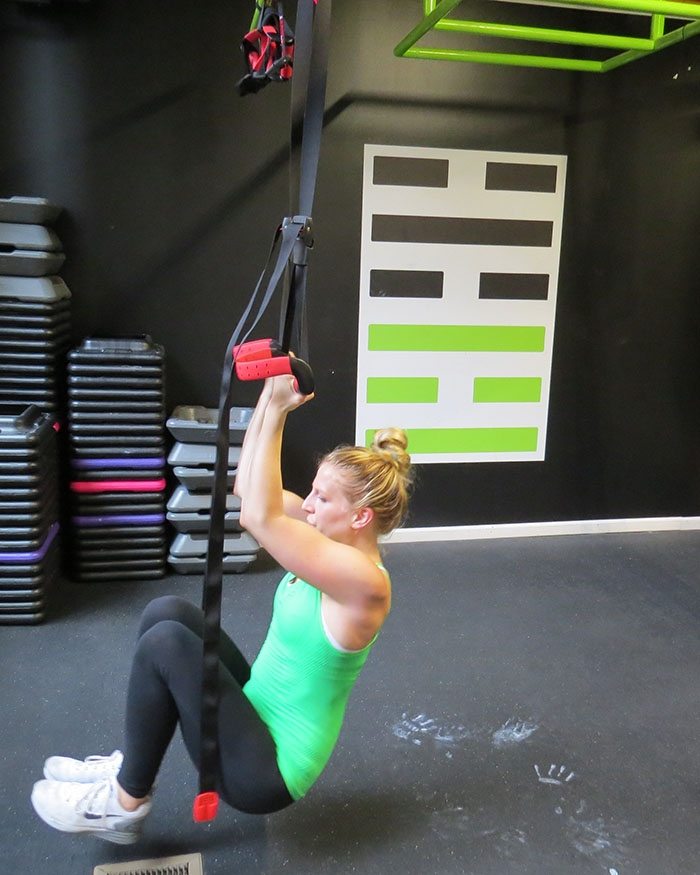
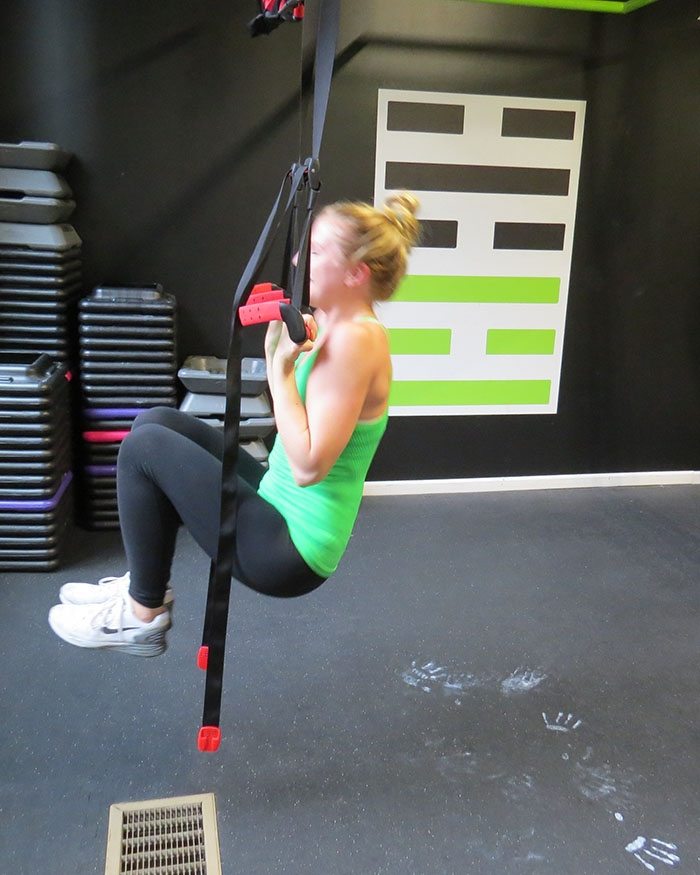
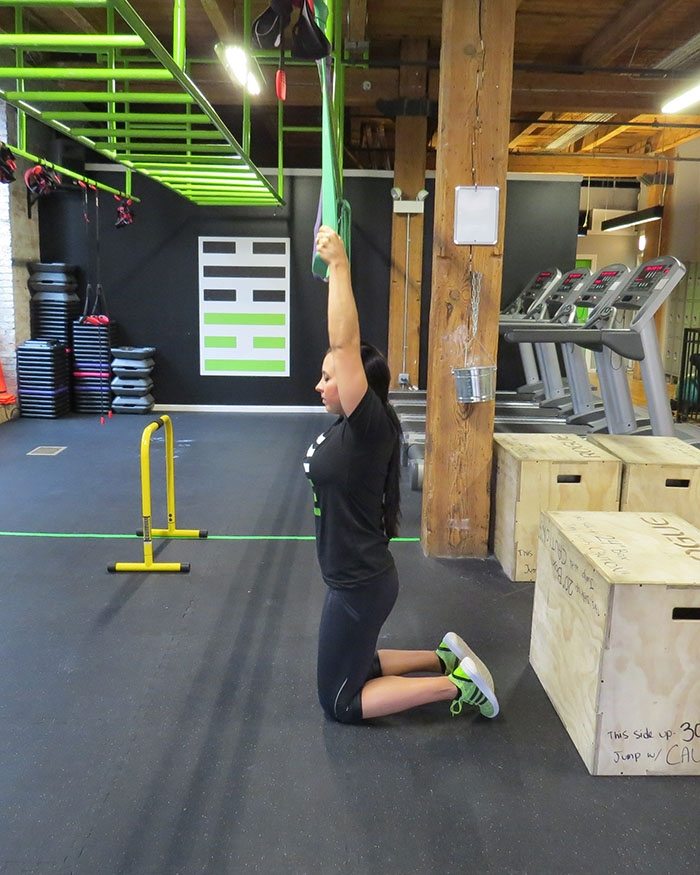
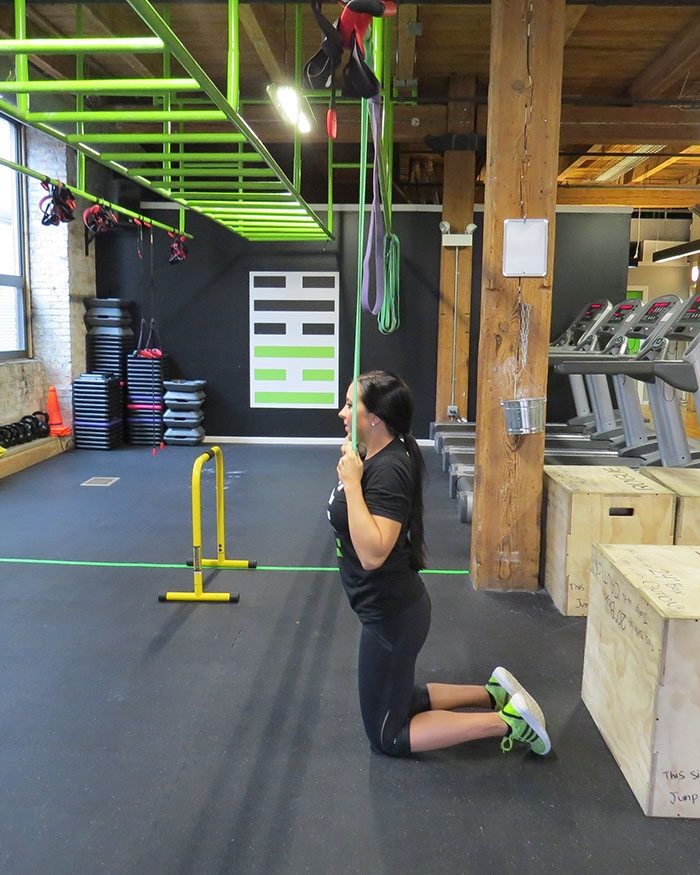
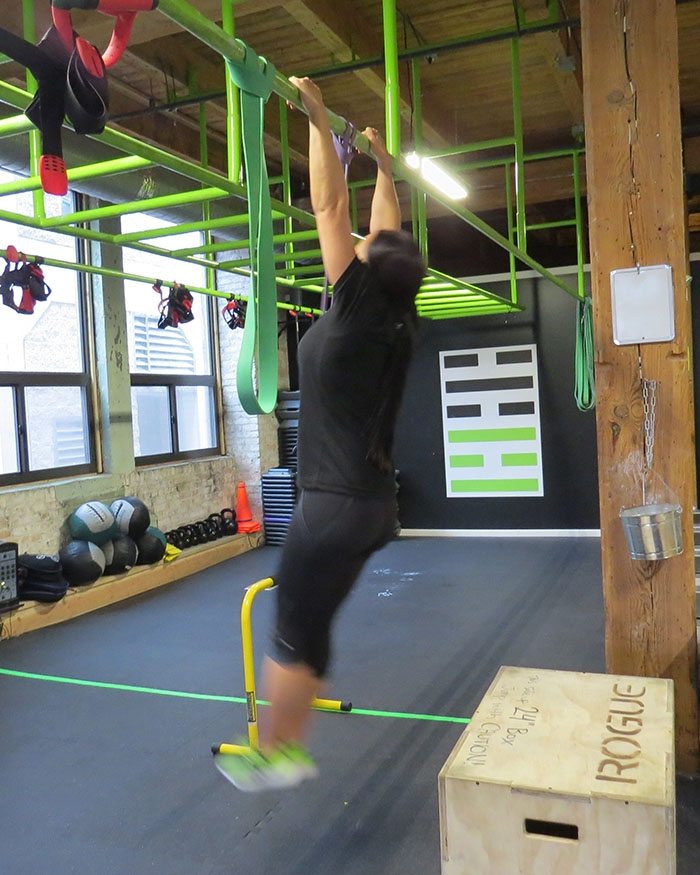
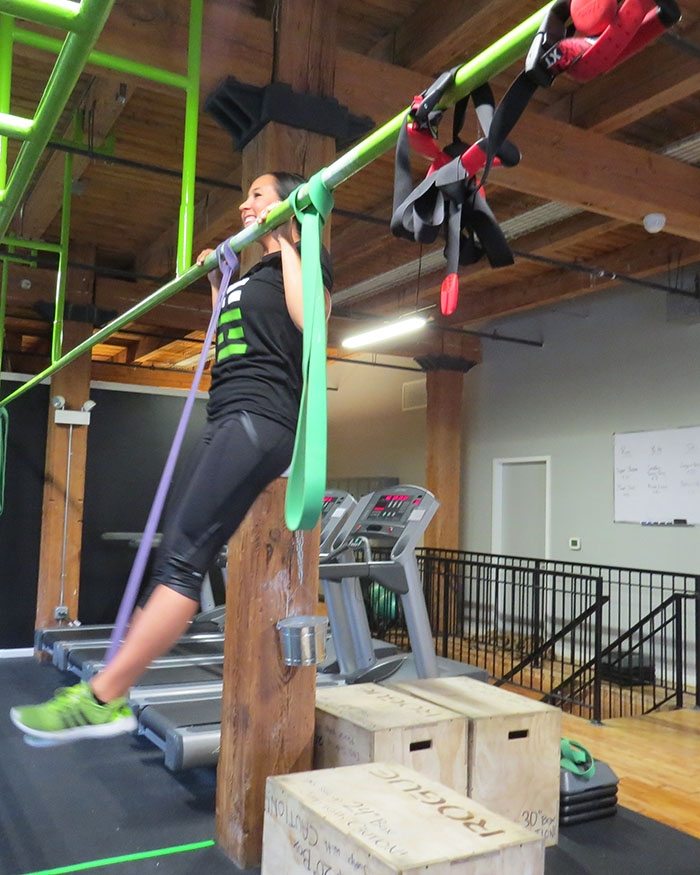
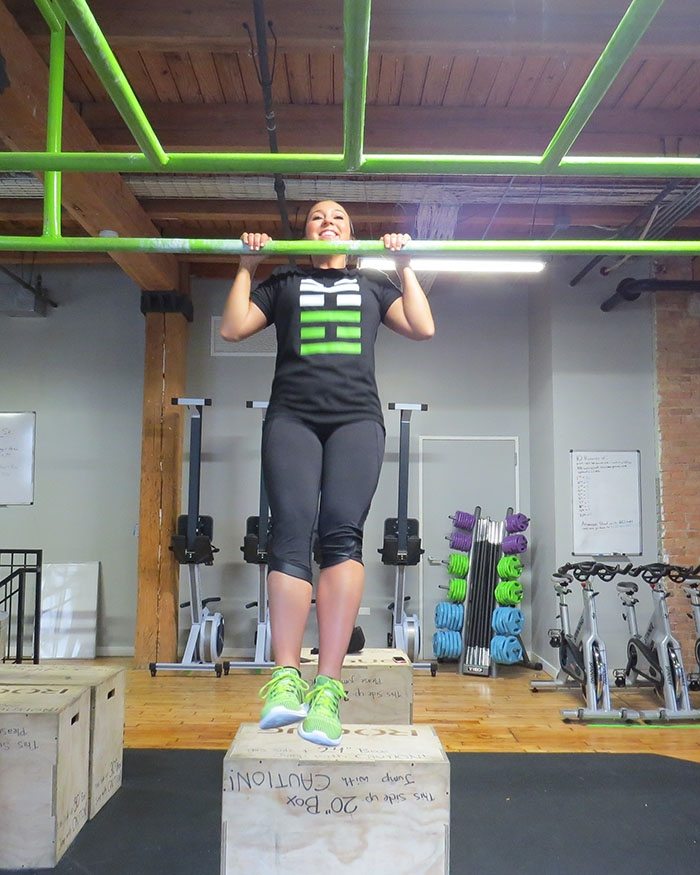
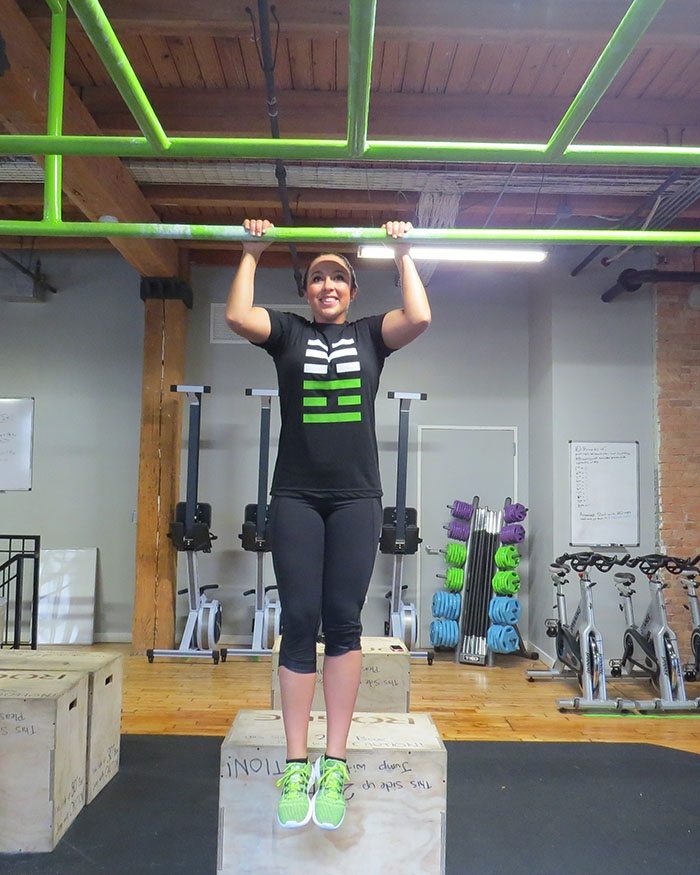
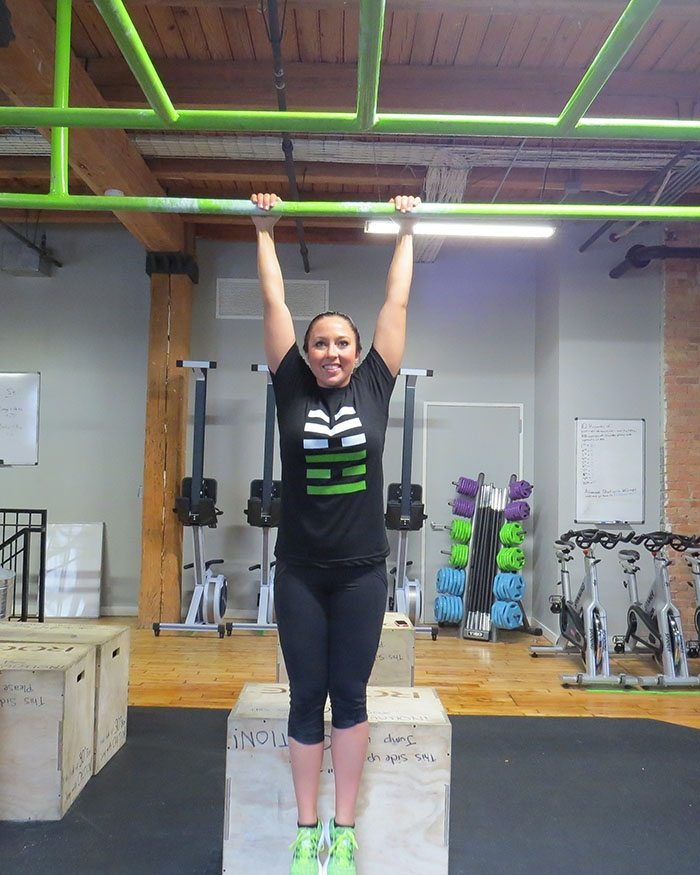
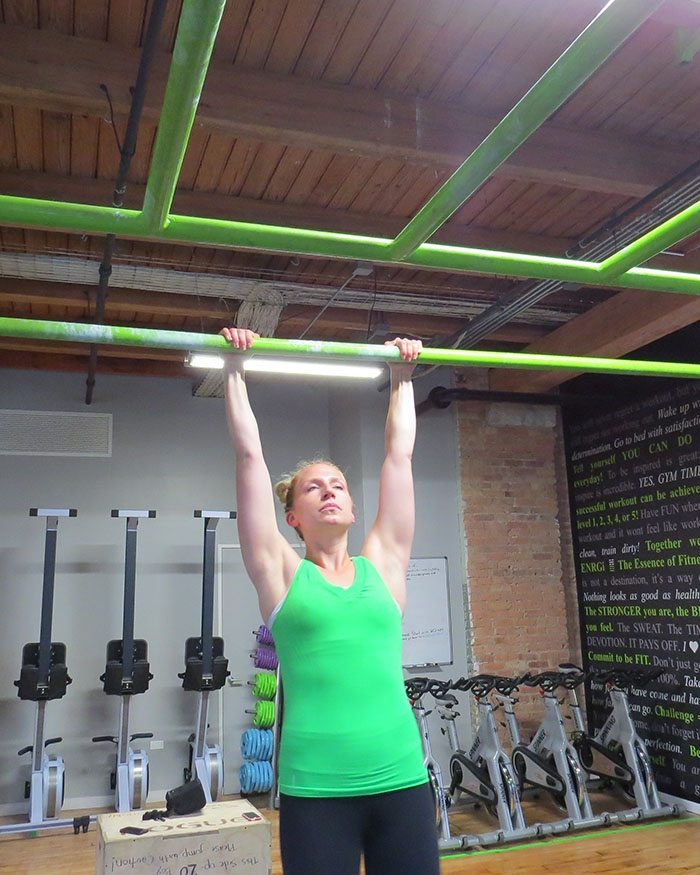
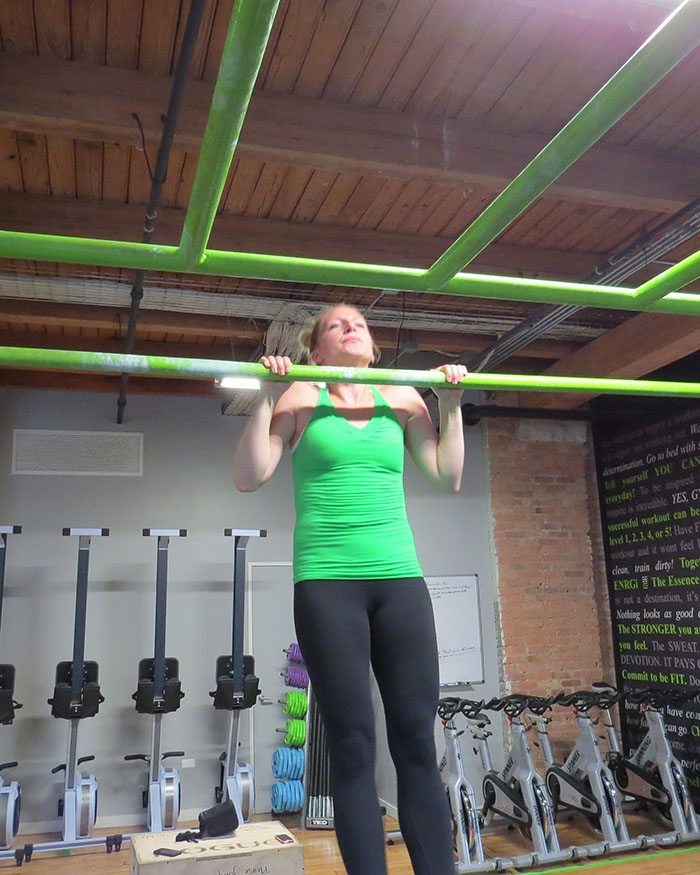
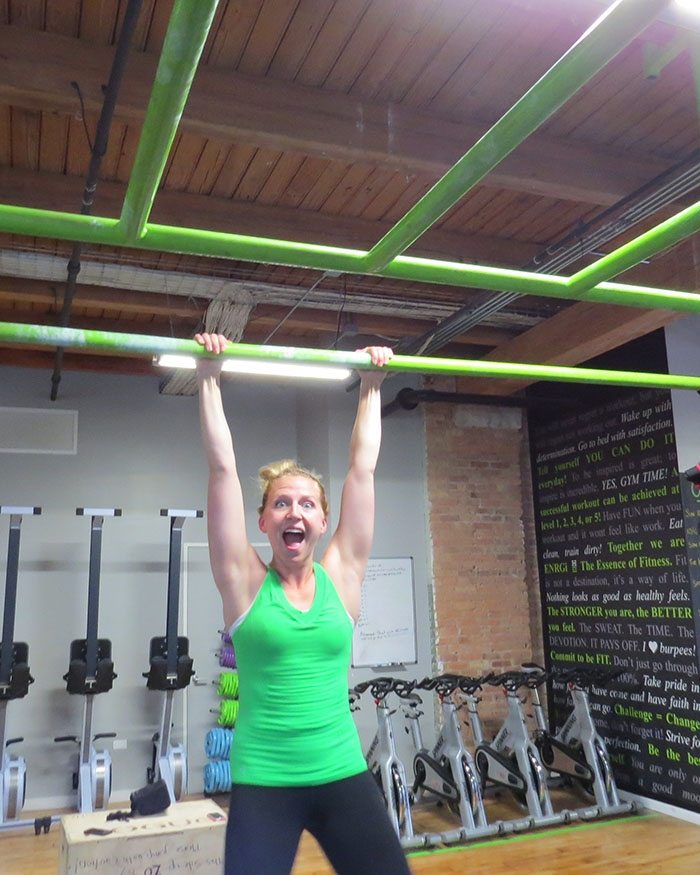




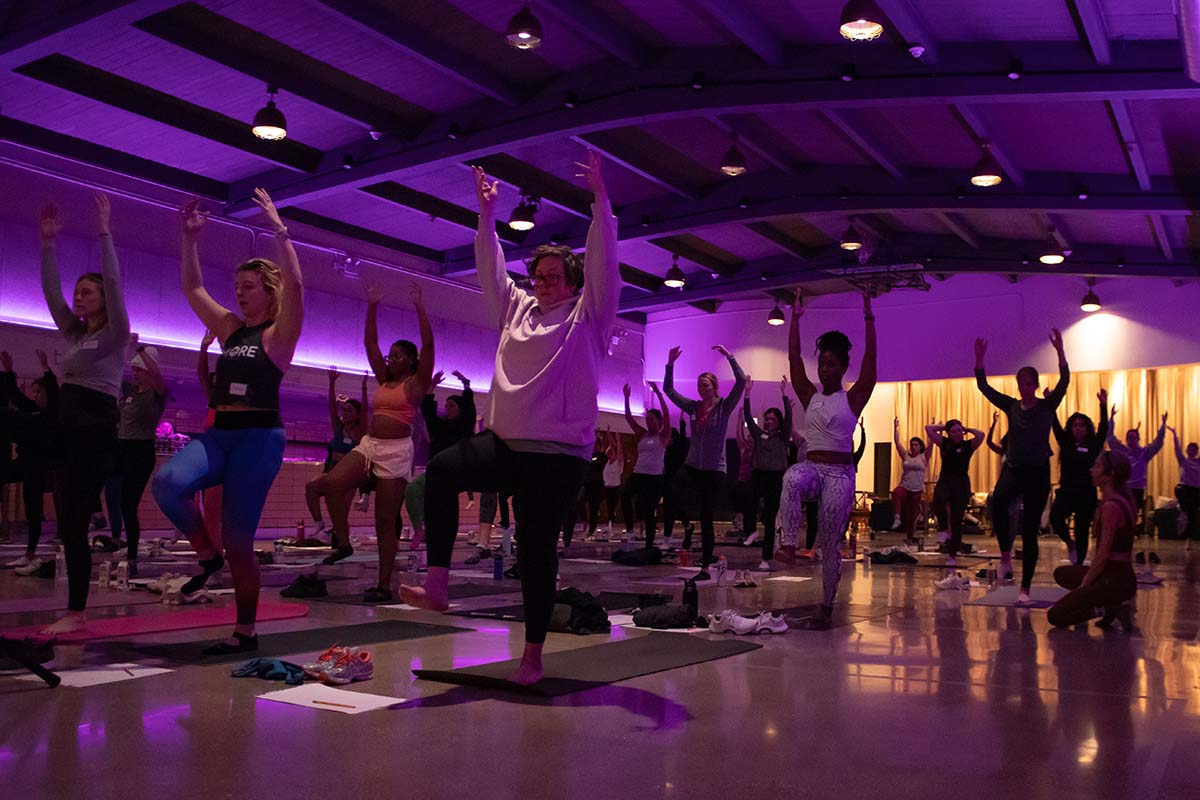
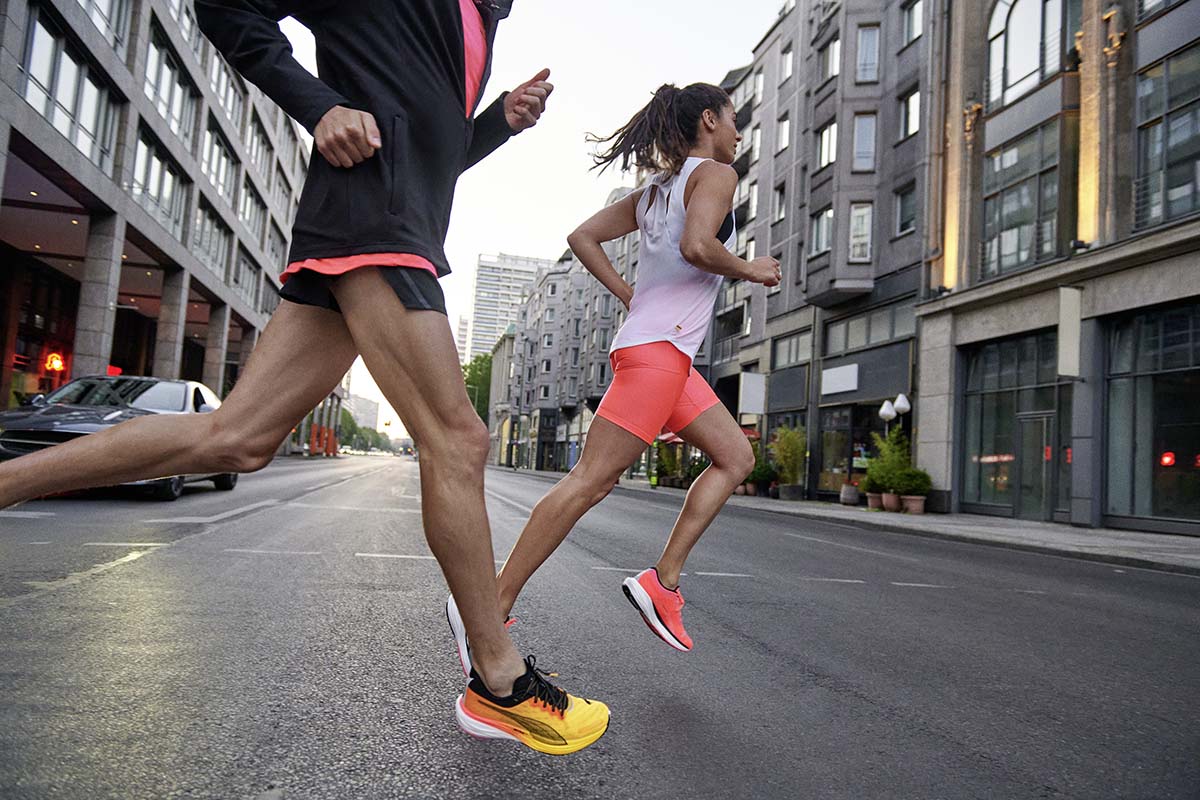
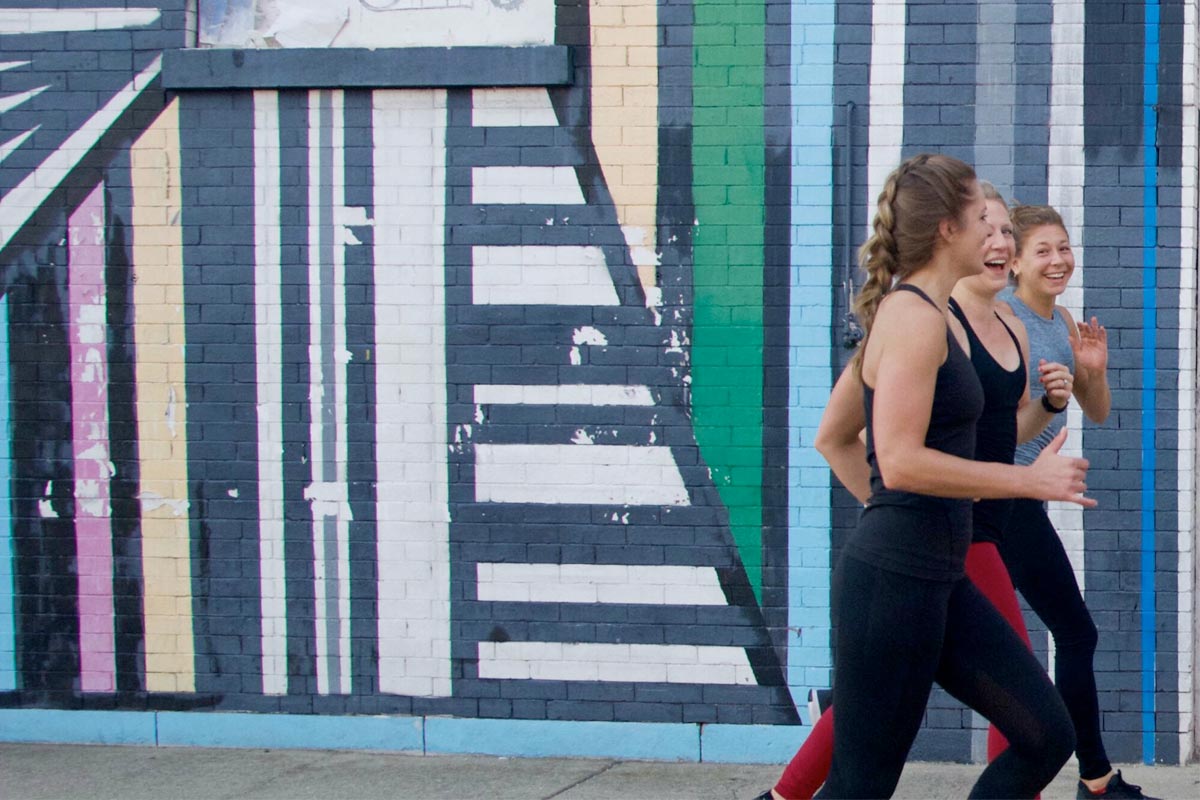

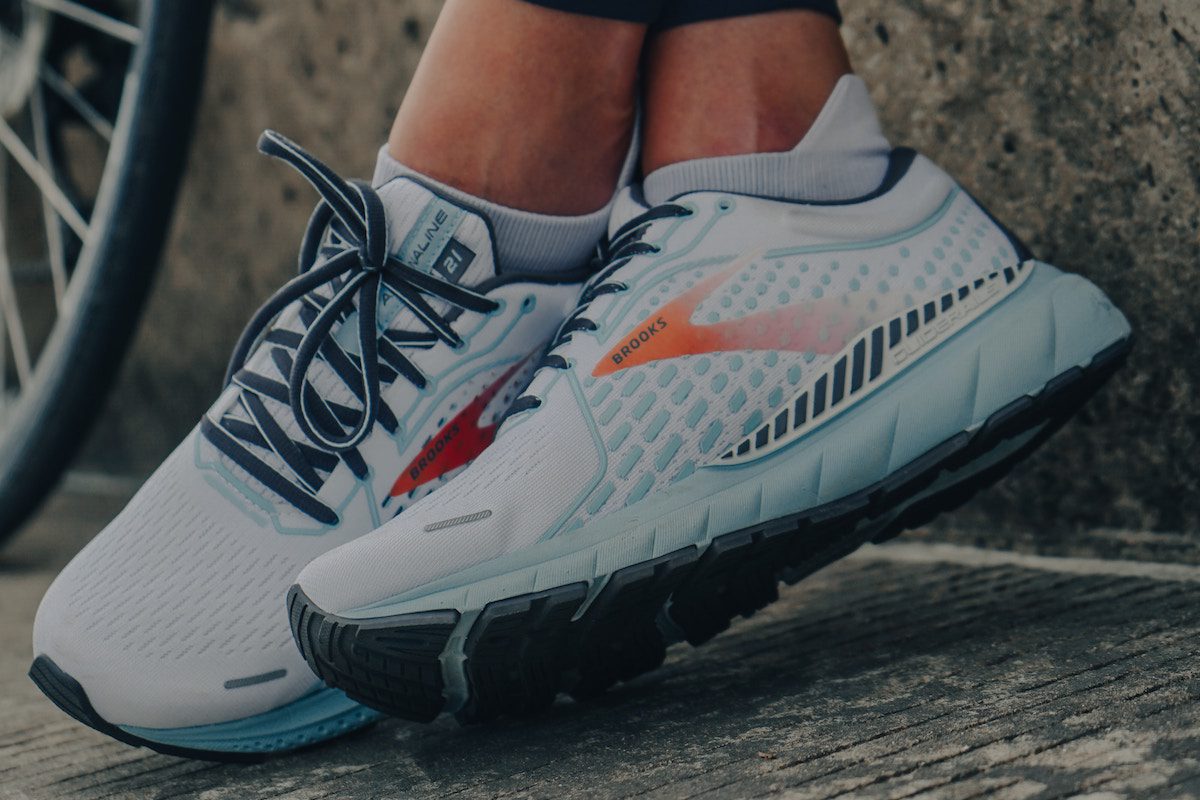
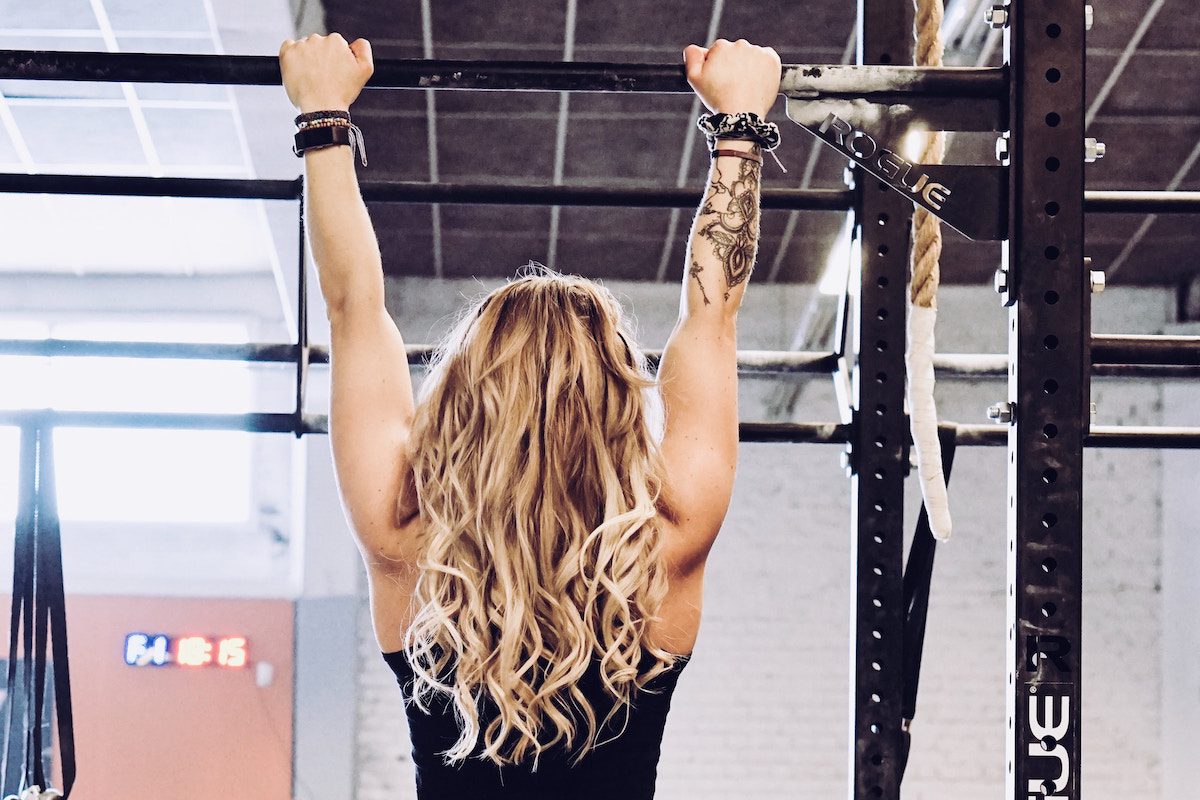
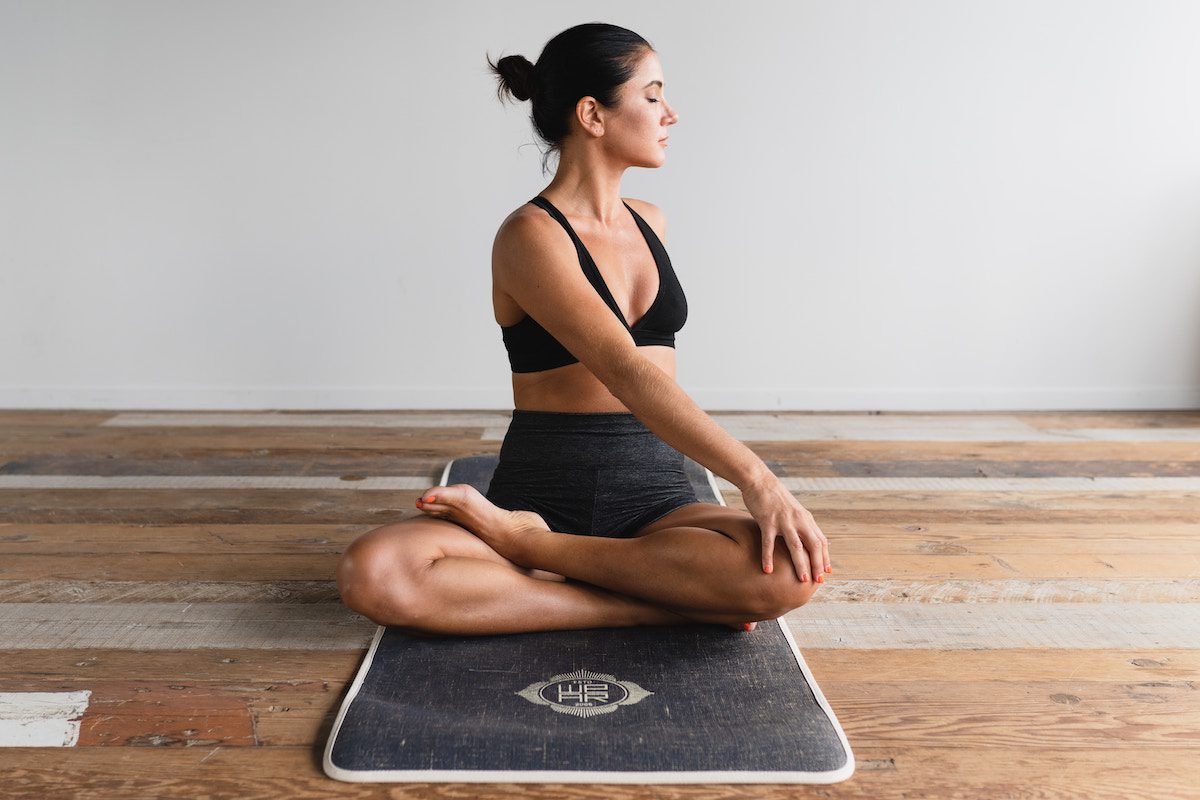

1 thought on “How to Work Your Way Up to a Pull-Up”
Comments are closed.